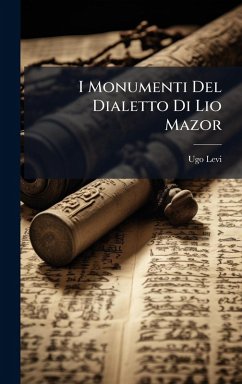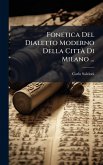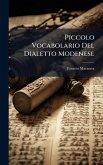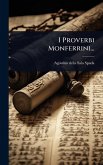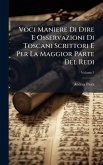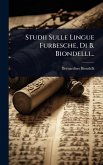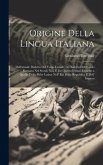I Monumenti Del Dialetto Di Lio Mazor, written by Ugo Levi and published in 1904, represents a significant contribution to the study of Italian dialects. This book meticulously documents and analyzes the unique linguistic characteristics of the Lio Mazor dialect, offering valuable insights into its structure, vocabulary, and usage. Levi's work serves not only as a linguistic resource but also as a historical record, preserving a snapshot of a specific cultural and linguistic landscape at the turn of the century. This volume will be of interest to scholars of Italian language, linguistics, and folklore, as well as those studying the history and culture of Italy. This work has been selected by scholars as being culturally important, and is part of the knowledge base of civilization as we know it. This work was reproduced from the original artifact, and remains as true to the original work as possible. Therefore, you will see the original copyright references, library stamps (as most of these works have been housed in our most important libraries around the world), and other notations in the work. This work is in the public domain in the United States of America, and possibly other nations. Within the United States, you may freely copy and distribute this work, as no entity (individual or corporate) has a copyright on the body of the work. As a reproduction of a historical artifact, this work may contain missing or blurred pages, poor pictures, errant marks, etc. Scholars believe, and we concur, that this work is important enough to be preserved, reproduced, and made generally available to the public. We appreciate your support of the preservation process, and thank you for being an important part of keeping this knowledge alive and relevant.
Bitte wählen Sie Ihr Anliegen aus.
Rechnungen
Retourenschein anfordern
Bestellstatus
Storno

